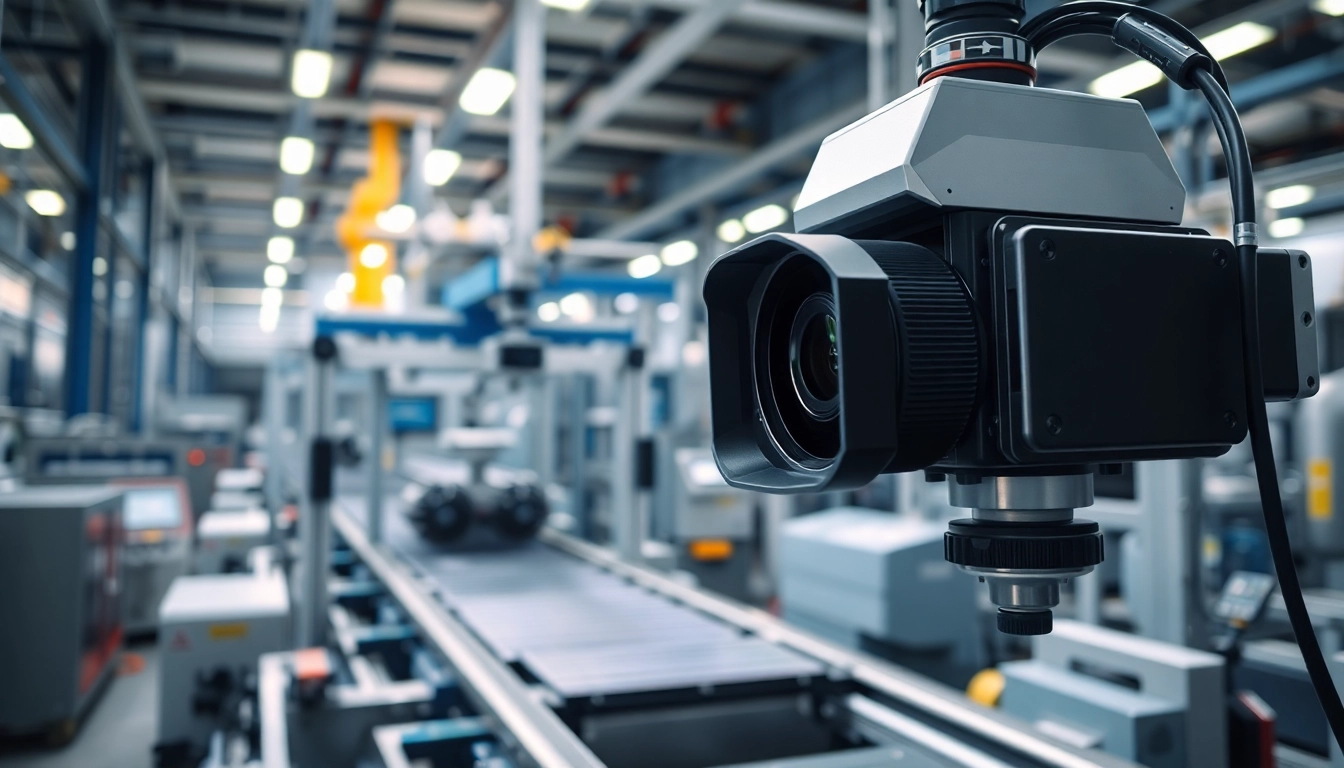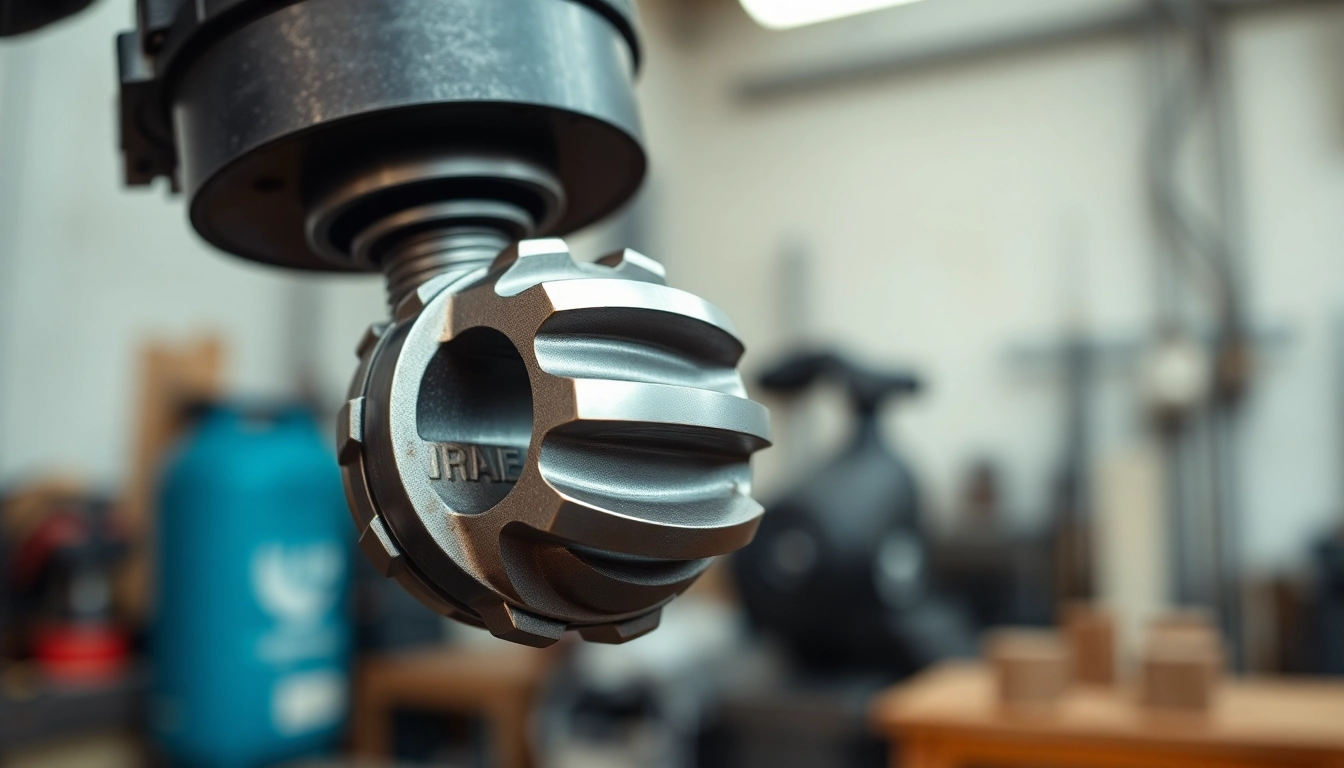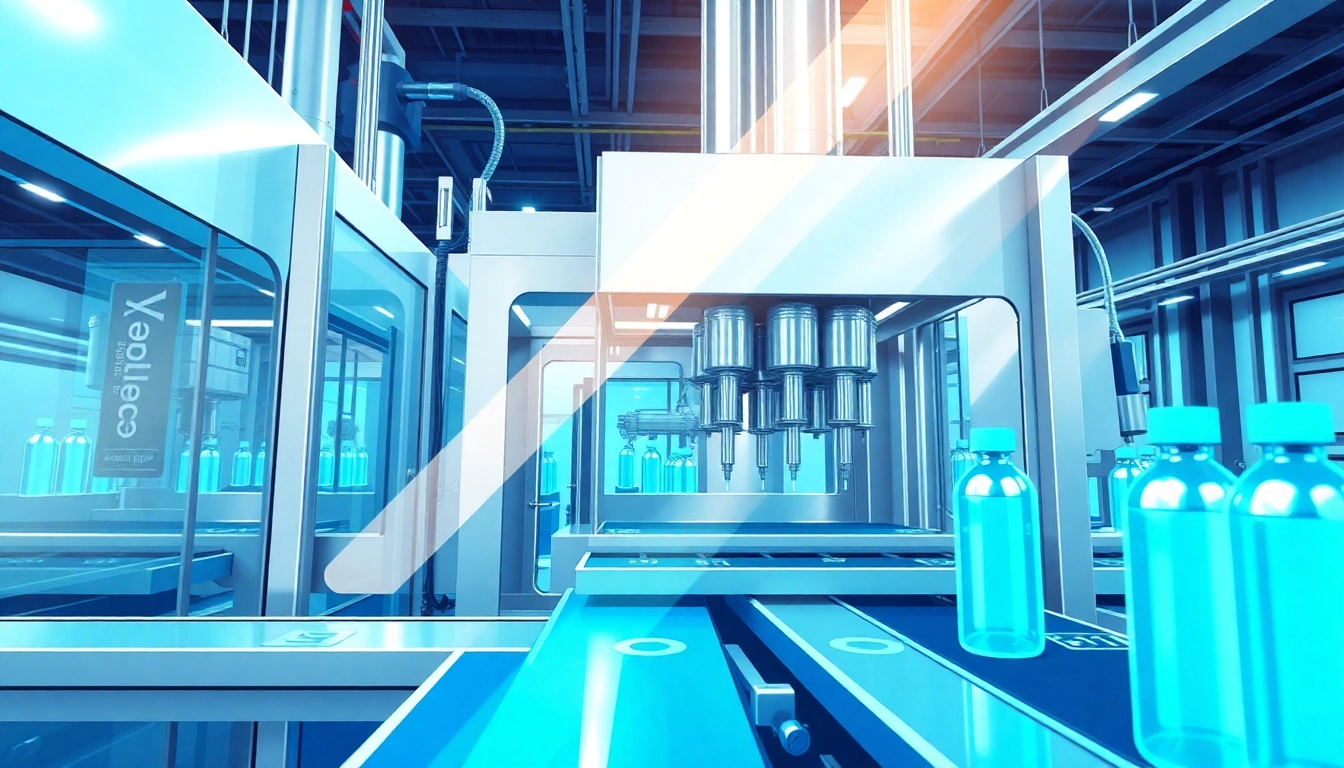What is Machine Vision?
Definition and Overview of Machine Vision
Machine vision refers to the technology and methods used to provide imaging-based automatic inspection and analysis for various applications. It combines hardware and software to enable industrial systems to interpret visual input from cameras or sensors and perform required actions intelligently. Essentially, machine vision acts much like human vision but at a speed and accuracy that surpasses human capabilities. To better understand this technological marvel, it’s important to look into its history, components, applications, and implications in various industries. For those interested in exploring more about machine vision, resources are available online, such as machine vision systems that highlight the integral role this technology plays in modern automation.
History and Evolution of Machine Vision Technology
The origin of machine vision can be traced back to the mid-20th century when it began as a rudimentary form of optical inspection for quality assurance in manufacturing. Early versions of machine vision were primarily analog systems capable of basic tasks such as pattern recognition.
As the technology evolved, the integration of digital sensors revolutionized machine vision. The introduction of digital cameras in the late 1980s and early 1990s led to significant advancements in image processing algorithms, making systems more reliable and efficient. Additionally, with the advent of artificial intelligence (AI) in the early 2000s, machine vision transitioned from simple visual tasks to more complex image recognition scenarios, including defect detection and automated analysis.
Today, machine vision encompasses a wide range of technologies, including 2D and 3D imaging, deep learning, and sophisticated algorithms that allow for real-time decision-making in various applications.
Key Components of Machine Vision Systems
A typical machine vision system consists of several key components:
- Cameras: These capture images or video of the items being inspected. Types of cameras include CCD (Charge-Coupled Device) and CMOS (Complementary Metal-Oxide-Semiconductor).
- Lighting: Proper illumination is essential for clear visuals. Different lighting conditions can enhance specific features of an object and improve inspection accuracy.
- Processing Hardware: This includes computers or processors that handle the data captured by the cameras, running algorithms to analyze the images.
- Software Algorithms: Image processing software interprets the captured images based on predefined criteria and specifications, such as detecting defects or measuring dimensions.
- Interface Components: These allow for communication between the machine vision system and other factory systems, including robotics and production equipment.
Applications of Machine Vision in Industry
Aerospace and Automotive Manufacturing
In the aerospace and automotive industries, machine vision is critical for quality control and safety compliance. It is used to inspect parts for defects, ensuring that materials meet the required specifications. For example, in automotive manufacturing, machine vision systems are employed to verify that assembly processes are completed correctly and check for imperfections on surfaces. With machine vision, these industries can achieve higher levels of accuracy and efficiency while reducing waste and improving safety.
Quality Control and Inspection Processes
Quality control is arguably one of the most significant applications of machine vision. Inspection processes that once required manual labor can now be automated through the use of imaging technology. Machine vision systems can detect product defects, misalignments, and other anomalies that could compromise quality.
For instance, a well-known application in food and beverage industries is the use of machine vision to inspect labels, ensuring they are correctly placed without defects. This prevents costly recalls and maintains brand integrity. Additionally, machine vision systems can log data on product quality, providing insights into trends and areas for improvement.
Healthcare and Medical Imaging Applications
Machine vision plays an essential role in healthcare and medical diagnostics, especially in imaging technologies such as MRI and CT scans. By analyzing medical images, machine vision systems can assist in identifying diseases, measuring tumors, and even guiding surgical procedures.
Advancements in machine vision applications in healthcare include the development of AI-enhanced imaging systems that can detect abnormalities with precision. For instance, machine learning algorithms can be trained to identify cancerous cells in pathology slides, significantly speeding up diagnoses and treatment decisions. Furthermore, machine vision technologies are being integrated into robotic surgery systems, providing enhanced visualization for surgeons.
Benefits of Implementing Machine Vision
Increased Efficiency and Accuracy
Implementing machine vision systems results in a significant boost in operational efficiency and accuracy. Automated inspection processes minimize human error, leading to consistent product quality. In industries such as manufacturing, the ability to quickly inspect thousands of items per hour drastically reduces the time required for quality assurance, thereby enhancing overall productivity.
Moreover, with real-time analysis capabilities, machine vision can provide immediate feedback to production lines, allowing for swift corrective action if defects are detected.
Cost Reduction and Operational Savings
The cost-saving benefits of adopting machine vision technology are substantial. By reducing reliance on manual inspection, businesses can save on labor costs while increasing throughput. Machine vision systems can detect defects early in the production process, significantly cutting costs associated with scrap and rework.
Additionally, the use of machine vision reduces the likelihood of product failures in the field, which can lead to expensive recalls and damage to brand reputation.
Enhancements in Product Quality and Consistency
With the implementation of machine vision, companies can achieve a higher level of quality assurance throughout their production processes. The consistency provided by automated inspections ensures that every product meets the same stringent standards, effectively reducing variability.
Machine vision systems can be tailored with specific criteria according to industry standards or customer requirements, allowing for greater control over the final product quality.
Challenges in Machine Vision Adoption
Integration with Existing Systems
One of the primary challenges of adopting machine vision technology is integrating it with existing production systems. Many manufacturing environments still rely on legacy equipment that may not be compatible with modern machine vision solutions.
To address this challenge, businesses can conduct thorough assessments of their current systems and choose modular machine vision solutions that can be gradually implemented. Collaboration with machine vision experts during the planning phase can also ease integration processes.
Cost and Technical Barriers
The initial investment in machine vision technology can be daunting for many organizations, particularly small to mid-sized enterprises. High-quality cameras, specialized lighting, and advanced software may require substantial funds.
However, organizations should consider the long-term cost benefits and ROI when evaluating machine vision options. Many vendors now offer flexible financing solutions and scalable systems that can align with smaller budgets while growing with the business.
Data Management and Analysis
As with any technology that generates significant amounts of data, managing and analyzing the information produced by machine vision systems can overwhelm teams unprepared for data-driven decision-making.
Implementing comprehensive data management strategies, such as utilizing cloud-based platforms or advanced analytics software, can streamline data handling processes. Training employees on data analytics and the interpretation of machine vision outputs can also empower teams to make informed decisions.
The Future of Machine Vision Technology
Trends Shaping the Machine Vision Landscape
The future of machine vision is set to be shaped by several emerging trends, including the integration of AI and deep learning capabilities. Highly sophisticated algorithms are paving the way for quicker and more accurate image analysis, enhancing machine vision functionalities beyond current limits.
Another trend is the increased use of 3D machine vision systems, which allow for enhanced object recognition and inspection capabilities, thereby catering to complex manufacturing needs. Advances in camera technology, such as high-speed imaging and enhanced resolution, continue to push the boundaries of machine vision operations.
Impact of AI and Deep Learning on Machine Vision
AI and deep learning are revolutionizing machine vision by providing systems with enhanced decision-making abilities. By moving beyond programmed algorithms to self-learning systems, machine vision can adapt to new environments and scenarios, improving efficiency without constant human intervention.
For instance, deep learning models trained on vast datasets can recognize and adapt to visual patterns, making them invaluable in applications such as autonomous vehicles and quality detection in manufacturing.
Predictions for Industry Transformation
As machine vision technology continues to evolve, industries can expect profound transformations in workflow efficiencies and overall productivity. Future implementations will likely see an increased collaboration between machines and humans, utilizing augmented reality (AR) for enhanced training and interactive collaboration on the production floor. Moreover, the reduction of operational costs and enhanced data analytics will promote turning insights into actionable strategies swiftly, driving businesses towards greater competitiveness in their respective markets.




